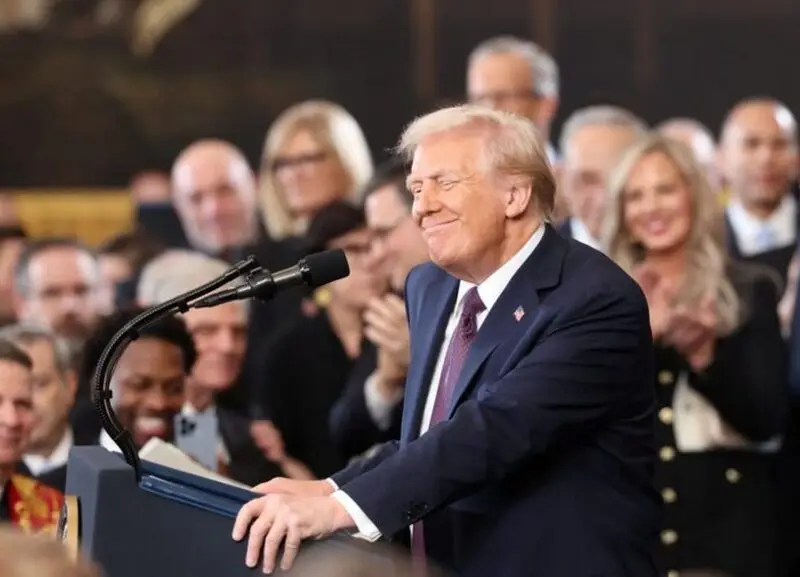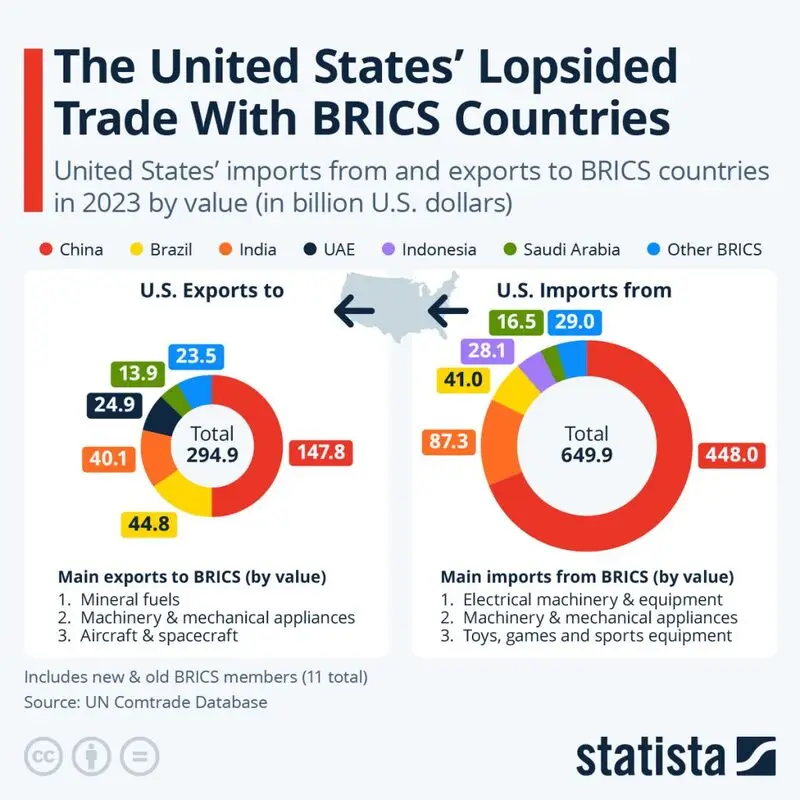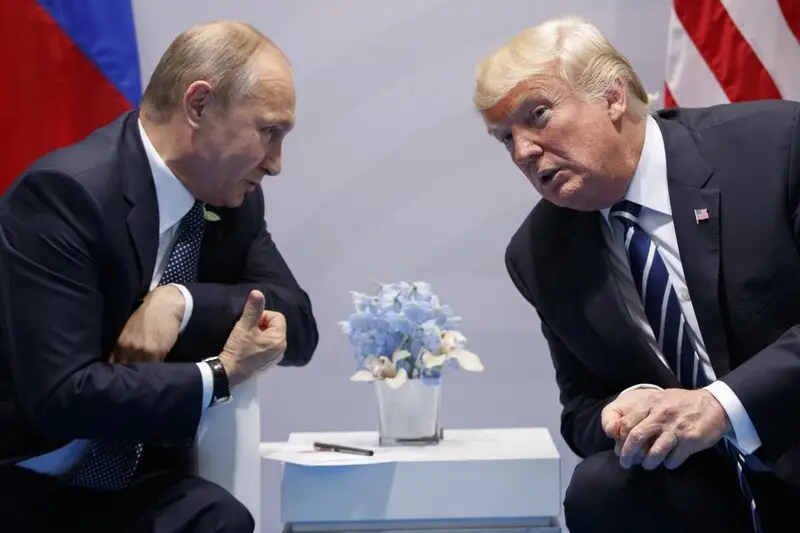With the economic alliance becoming a clear challenger to the recently appointed president of the United States, the BRICS bloc has seen itself on the receiving end of US Tariff threats. However, that street goes both ways. Moreover, data shows that, in the end, it could do more harm than good to the Western nation.
Since his election victory, US President Donald Trump has not minced words in relation to BRICS. As the group has continually embraced de-dollarization efforts, he has fought back. Yet, using tariffs to ensure the stability and prominence of the US dollar could be a decision that has immense consequences.

Also Read: BRICS: Analyst Calls US Dollar ‘Grossly Overvalued’ & Here’s Why
Trump Tariff Threat to BRICS Nations Have Massive Implications for US, Data Says
During his campaign for reelection, Donald Trump had placed an immense focus on the US dollar’s status. Specifically, he reiterated the importance of ensuring that the greenback remained the world currency. Indeed, he said that its relegation from such a position would be akin to the nation “losing a war.”
That has led him to take action against the BRICS alliance early in his return to the Oval Office. Yet, the way he has chosen to go about challenging the group could end up being problematic. Ultimately, the BRICS US tariff threat could do more harm than good to the Western nation, data shows.
The major point of concern lies in the lopsided trade between the United States and BRICS nations. Specifically, Statista data shows that the US is currently running a trade deficit with the economic alliance nations overall. That means that the country imports far more than it sells to them.

Also Read: BRICS Pay Plan in Trouble? Experts Discuss Growing Challenges
The report notes that the group is almost certain to issue retaliatory tariffs. Moreover, that could give US importers a lot to lose in their total trade. In 2023, the US shipped nearly $300 billion in goods to the BRICS countries. Alternatively, it purchased nearly $650 billion worth of various merchandise.
There is the potential for lower trade tariffs, the report notes. This is even more likely considering Trump has held a disdain for trade deficits. Conversley, de-dollarization is a key point of emphasis. It has not taken hold the way BRICS has hoped. Is the threat of tariffs worth awaiting if Trump sticks to his plan? Or can the mere threat of action drive the bloc to ensure the dominance of the greenback? The next several months will surely be filled with vital geopolitical developments, with the US and world economies hanging in the balance.






